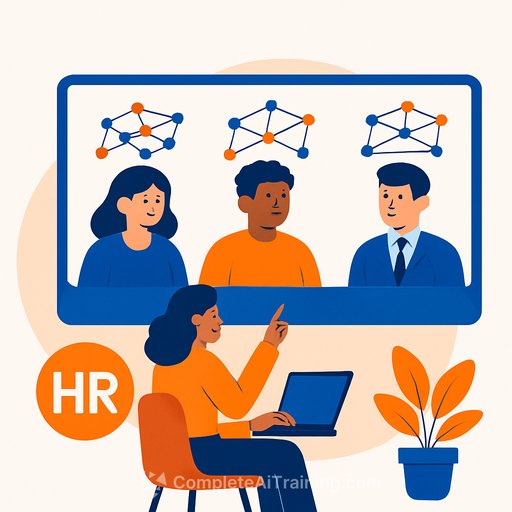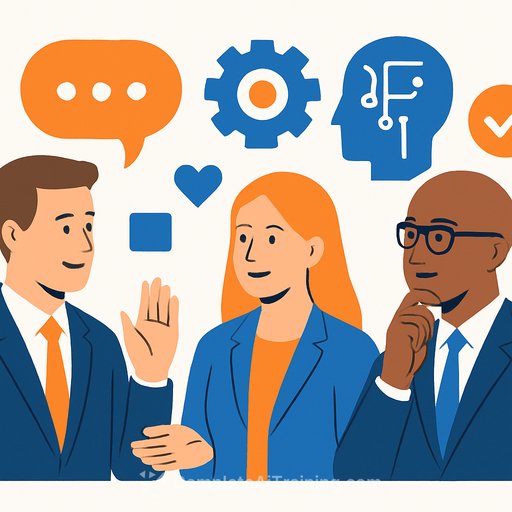Phenom Helps HR Become More Human
AI shouldn't replace HR. It should remove friction so people can do their best work.
"HR's enemy is not AI," said Mahe Bayireddi, Chief Executive Officer and Co-Founder of Phenom. "The enemy is slashed budgets, fewer resources and an aging, dwindling workforce."
To address this, Phenom rolled out X+ Ontologies, X+ Agent Studio, and a range of verticalized X+ Agents. The Philadelphia-based company, focused on hiring and retention, set a bold goal: help 1 billion people find work.
What X+ Ontologies solves
- Maps skills, roles, tasks, and experiences into a connected view of work.
- Surfaces skill adjacencies so you can redeploy talent faster.
- Shortens the lag between strategy shifts and staffing by clarifying what work truly needs to get done.
- Improves matches by linking capabilities to outcomes, not just job titles.
What X+ Agents and Agent Studio add
- Agents use your organization's data to recommend actions across the talent lifecycle: candidates, employees, alumni.
- Vertical agents focus on core needs: healthcare (credential-aware hiring), retail (shift and store scheduling), and manufacturing (line staffing and cross-training).
- Agent Studio provides a central place to configure, deploy, and govern how agents operate inside your org.
Why this matters for HR now
Hiring often trails strategy by as much as 18 months. Attrition, headcount limits, and skill gaps widen that distance.
By connecting skills to work and automating next steps, HR can move faster with fewer resources. As Bayireddi put it, "This is how the world connects people with the right work and HR becomes more human."
How HR teams can put this to work today
- Audit your skills data. Start with job architecture, HRIS, ATS, and LMS. Standardize titles, normalize skills, and connect these systems to a shared skills model.
- Run a pilot in one business unit. Track time-to-fill, internal mobility rate, and hiring manager satisfaction. Expand once you see lift.
- Shift job posts from requirements to capabilities. Let agents suggest skill-based profiles, shortlists, and outreach sequences.
- Use vertical agents where the value is immediate: credential checks and shift coverage (healthcare), fair scheduling and swaps (retail), cross-training rosters and downtime coverage (manufacturing).
- Set guardrails. Define approval flows, data retention, and human review steps. Keep audit logs for every agent action.
- Upskill the team on AI request patterns and review workflows. If you need structured training, explore role-based options at Complete AI Training.
What to watch
- Bias and quality. Use representative training data, monitor outputs, and compare outcomes across groups.
- Change management. Communicate how agents support recruiters and HRBPs, not replace them. Define new responsibilities early.
- Integration depth. The value compounds when ATS, HRIS, and LMS are connected and current.
AI that understands work at the skill level gives HR leverage: faster matching, smarter mobility, and clearer workforce planning. That's how HR stays human-by spending more time with people and less time grinding through tasks.
For additional context on AI's role in HR, see SHRM's technology resources here.
Your membership also unlocks:






